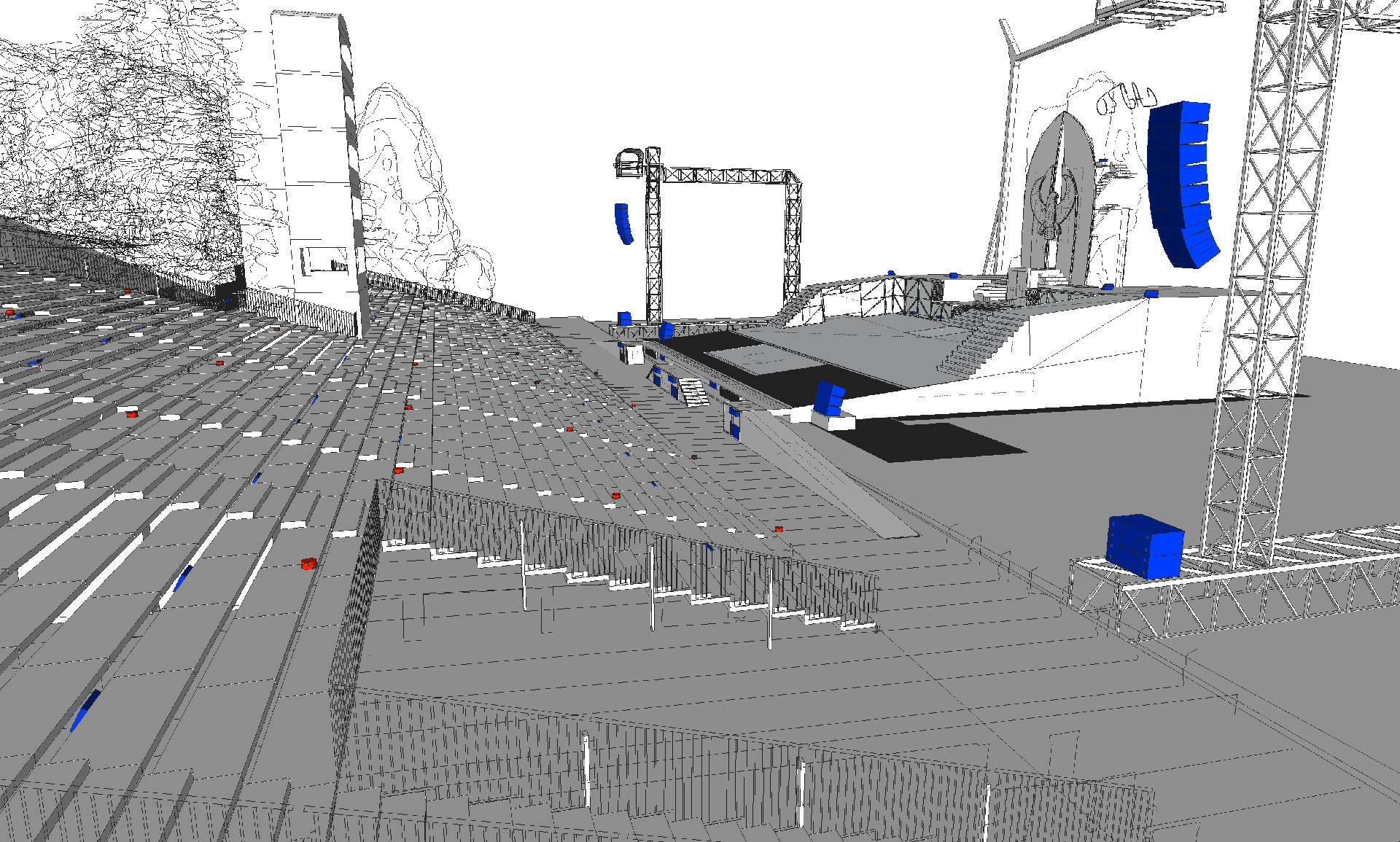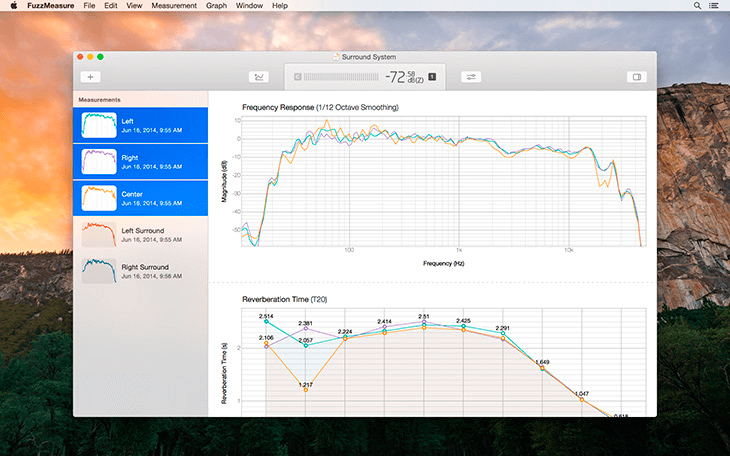

Before FuzzMeasure, I did all this by ear. I use Photoshop but a free open source editor can easily be obtained. Isolate the graph in a photo editor to leave space around the curve. Grab a snap shot of the manufacture's frequency response graph from the data sheet.
FUZZMEASURE FRD ZMA HOW TO
A lot of clients just want you to tune the room fast and FuzzMeasure has definitely expedited the process.Ī lot of mastering engineers don’t do their own room scans however I feel that you have to know how to do your own work in case something gets accidentally moved or bumped. Making your own FRD and ZMA files working with the new Seas 1878-08 driver. I'm not the guy designing rooms on a piece of paper, but I can tell you if a room sounds good or not. I’m not a trained acoustician, I’m an audio engineer. Learn about the equipment needed to work with FuzzMeasure, and how to hook it all up.Download the free trial of FuzzMeasure from AboutPressCopyrightContact. To be able to show both the Waterfall and Reverb Time (RT60) graphs at the same time, without having to close one and then open the other, will save a lot of time as far as them grasping the scope of problems in the space.
FUZZMEASURE FRD ZMA MAC OS X
FuzzMeasure is simple and affordable - the kind of tool that will empower the next generation of designers, consultants, and researchers. Veritas Mac OS X FuzzMeasure Startup Guide DIYearphone 1.5K subscribers Subscribe 2.3K views 7 years ago Veritas and FuzzMeasure, a match made in heaven. FuzzMeasure is an audio and acoustic measurement tool to produce, analyze, and publish beautiful graphs. My third question is about Paul’s Step #9 repeat for the tweeter.Architectural acoustics is more complicated than it should be. When I import the woofer’s frd file I get no change, still just straight horizontal lines in the top 2 graphs. With all of my woofer and enclosure data filled in, all of the graphs look good except the top 2 in the Frequency Response Modeler section which just have straight horizontal lines. My main problem and second question is about Paul’s Step #6. Am I correct that you do not import and then modify the woofer’s anechoic zma file made by tracing or other means, but rather have the FRM Excel sheet create a completely new one from the data in the Impedance Model section? My first question is about Paul Carmody’s Step #5 instructions for creating the woofer’s simulated zma file using the FRM Excel sheet. The former includes a 12-month ‘Software Maintenance Subscription’ that covers updates for major and minor version releases, tech support via email, and early access to beta versions. I also have DATS V2 and can make my own zma files. There are two licence levels for FuzzMeasure: the 499.99 Commercial and 99.99 Personal. Fuzzmeasure alternative for Windows and capturing gear response.

r=PE_DK%2F had them for my tweeter the Dayton Audio DC28F-8. Parts Express provided the zma and frd files for my woofer the Dayton Audio RS225P-8, and the webpage. I also found Paul Carmody’s webpage for instructions on tracing graphs to make zma and frd files all the way to using the FRM Excel sheet to do just what I need. While learning how to use WinPCD and wondering how I’m going to compensate for the enclosure’s effects, I discovered Jeff Bagby’s Frequency Response Modeler Excel sheet.
FUZZMEASURE FRD ZMA DRIVERS
I’m retrofitting some old 2 way JBL boxes with new drivers and I’m at the stage of designing the new crossover. I am hoping I can get some help with my project.


 0 kommentar(er)
0 kommentar(er)
